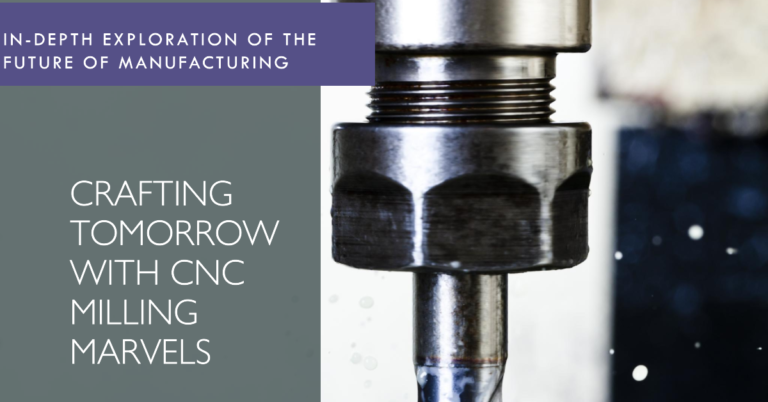The History of Generators: From Ancient Discoveries to Modern Innovations
Generators are important appliances that have the capacity of converting mechanical energy to electrical energy to supply electricity in households, firms and industries. The evolution of generators has been a long process in the history of humanity and was accompanied by many inventions and technologies. In this context, the intention of the present article is to describe the key stages of generators’ development, starting with fundamental discoveries and ending with modern technologies.
Early Discoveries in Electricity
Ancient Times
The idea of producing energy goes back to the early ages: Greek people in particular were the first to accidentally discover the existent of electrical energy present in static electricity, when rubbing amber with fur. However, these early discoveries were more in the aspect of static electricity and not useful for creation of ongoing electricity.
17th and 18th Centuries
It was in the seventeenth century when electricity was used in relatively more scientific manners. The first device that enabled the storage of the static electricity was invented in 1745 by Pieter Van Musschenbroek called as Leyden jar. However, the treatment of this subject and attempts to manage the flow of electricity began in the 18th century.
The Birth of the Electrical Generator
Electromagnetic Induction, The Concepts of Michael Faraday
The first development of generator history was in 1831 when Michael Faraday a known English scientist discovered the principle of electromagnetic induction. Faraday for instance showed that when a magnet is passed through a coil of wire, electricity could be produced. This meaning brought a skyrocketing point in discharging of electrical generation setting the groundwork of the current fashion.
Faraday’s Disk
In the same year he constructed the first simple generator that is called the “Faraday Disk” The disk was a very simple device that was made of copper disk which was rotated between polar regions of a magnet. The Faraday Disk however was very inefficient and only generated a small amount of electricity but it did show that it was possible to continuity generate electricity.
Advancements in Generator Technology
19th Century Developments
In the wake of discovering generator, the developers and scientists wanted to enhance and advance the new invention. Key developments during this period included:
Hippolyte Pixii’s Dynamo: While, in 1832, another French, Hippolyte Pixii, invented the first dynamo and it was an alternating current producing machinery that used a rotating magnet. This was the first time people put into practice Faradays ideas.
Antonio Pacinotti’s Ring Armature: In the year 1860, Antonio Pacinotti, an Italian physicist came up with the ring armature that made the generators more efficient by offering steady and uninterrupted current.
Zénobe Gramme’s Industrial Dynamo: In the year 1871, another Belgian engineer named Zénobe Gramme came up with a more powerful dynamo that could produce DC electricity which was on a larger scale. Gramme’s dynamo was more business like and was widely installed in factories and workshops thereby spurning the industrial revolution in terms of electric intensity.
Nikola Tesla and Alternating Current
Originally, generators mainly generated direct current (DC), but Serbian-American inventor Nikola Tesla brought meaningful changes into the genre of alternating current (AC) systems. In the 1880, Tesla discovered the AC induction motor and the transformer through which one could transmit electricity up to long distances. Turning to the history of electric light and power by advancing age, Tesla’s inventions were significant for Definition dissemination of AC system for electricity generation and distribution.
The 20th Century and Beyond
Mass Electrification
The twentieth century witnessed the evolution of generator’s advancement and subsequently the utility infrastructure across the globe. Key developments included:
Steam Turbine Generators: With the invention of the steam turbines in the early part of the 1900 Century, power generation was taken to a different level. Combined with generators, the steam turbines thus proved to be the main method in the large power plants of producing electricity.
Diesel Generators: Diesel generators came into use in the mid of the 20th century as back up power supply and as source of electrical energy even in the rural areas. Because of their reliability and efficiency the thyristors became a keystone of many applications.
Renewable Energy Generators
Over the past few decades the interest in renewable energy has been on the rise. The one has developed and were used to produce the electric power with the help of wind, solar, and hydroelectric generation. Innovations in these areas have led to the development of:
Wind Turbine Generators: These transform the kinetic energy of wind energy into electrical energy. Today’s wind turbines contain the potential of producing large amounts of power, thus being incorporated into renewable energy sources.
Solar Generators: Photovoltaic cells in the solar panels receive the energy from the sun and turn it into electricity. Solar generators can thus be utilized in domestic as well as industrial uses and is hence a green energy product.
Hydroelectric Generators: These harness power of currents of water in motion or water falling down to generate electricity. In this regard, hydroelectric power continues to rank amongst the biggest producers of renewable energy to this date.
The historical analysis of generators can help to understand the desire of mankind to develop new technologies and use the forces of nature. Starting with the first findings regarding electricity to the modern renewable energy systems, generators have been an essential part of human civilization. And so, as one of the most significant constructions, generators will in continue to play a very key role in the provision of energy needs of the growing world population using sustainable methods.


